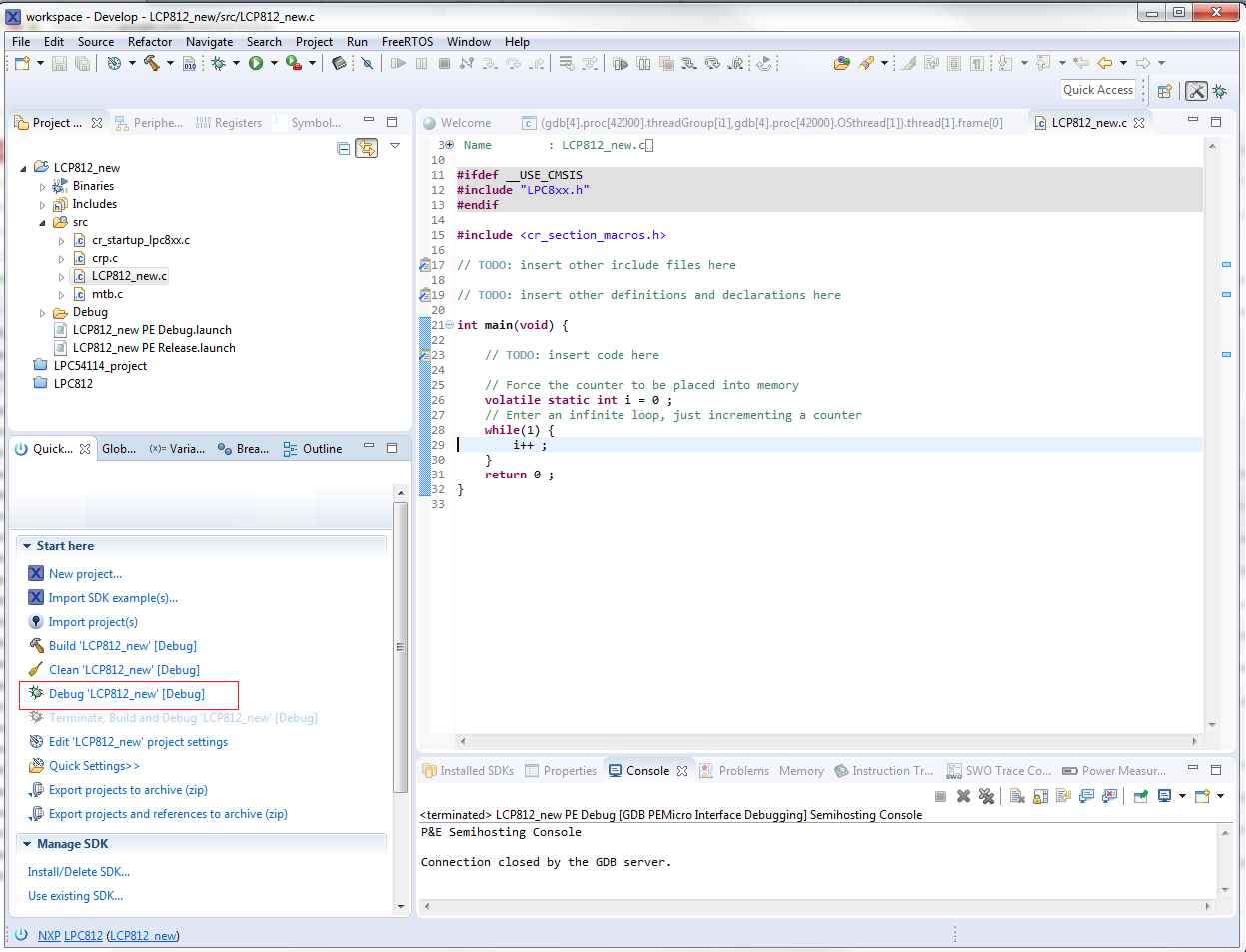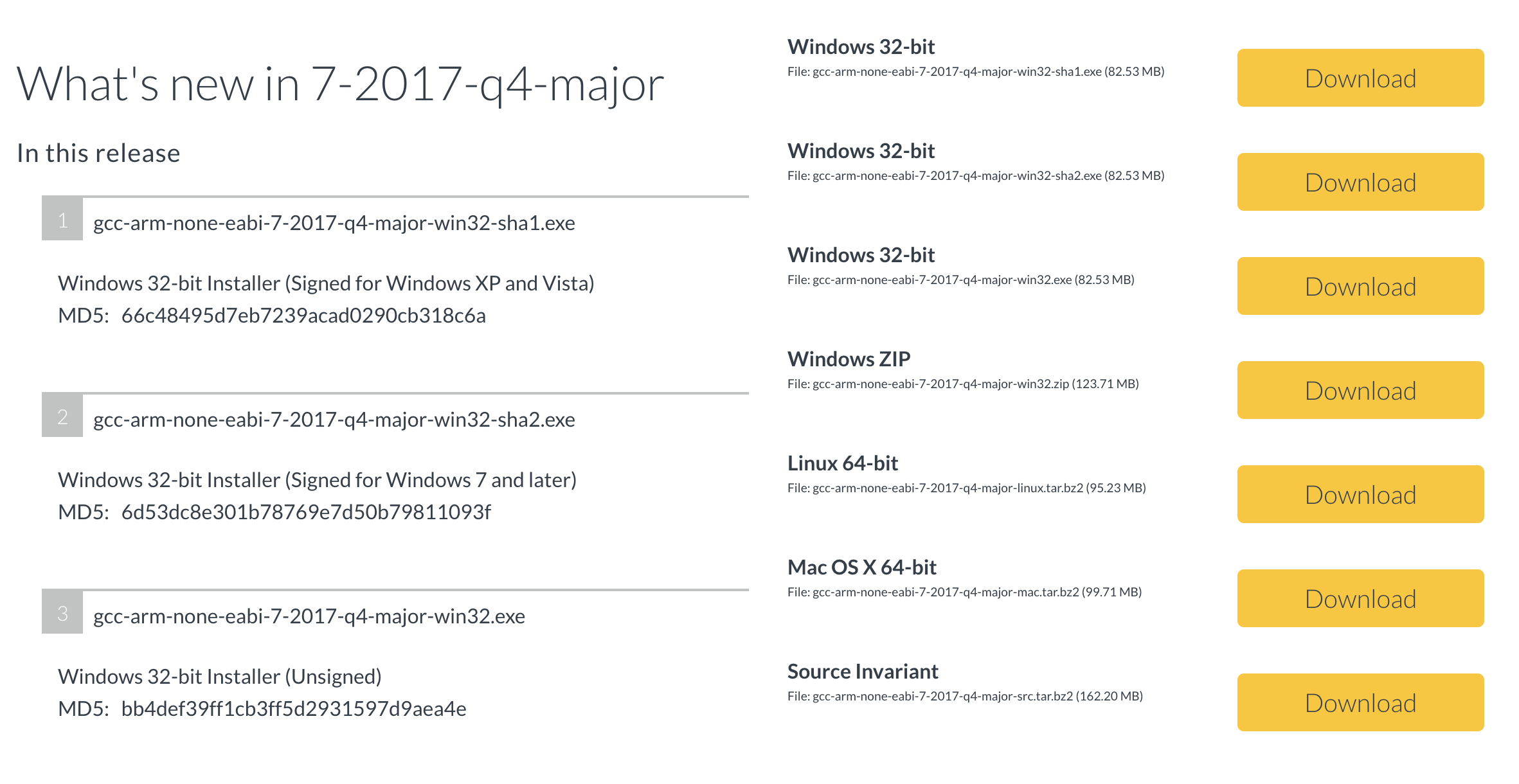
- MAC OS GDB ALTERNATIVE HOW TO
- MAC OS GDB ALTERNATIVE FOR MAC
- MAC OS GDB ALTERNATIVE MAC OS X
- MAC OS GDB ALTERNATIVE DRIVERS
- MAC OS GDB ALTERNATIVE PLUS
MAC OS GDB ALTERNATIVE FOR MAC
MAC OS GDB ALTERNATIVE DRIVERS
Help with booting OS 9 on unsupported eMacĭoes the Apple Radeon 9000 Pro 64MB need drivers or are they built in to 9.2.2?
MAC OS GDB ALTERNATIVE HOW TO
I will test it out on this groups software mods when I figure out how to find them The only lost feature may be the ability to debug INITs. I will announce any additions to The Debugger to this group.

You order the package you send me an email to and send $100 via Paypal to that address. I am creating a revised app to Lauch The Debugger which will be 9K I am currently working on making my Debugger load into the Apple Classic Extension so I can debug Classic appsĪnd hope to have it finished and tested on a 2006 G4 Laptop by Sept 15 or earlier. The Debugger runs under OS 9.2.2 or earlier on Macs that will boot into OS 9. MacNosy runs under SheepShaver on Modern MacsĪnd on Apple's Classic extension which allows one who runs 10.4 (OSX Tiger) To point out that the cost for the package is $100 for EVERYONE. The text on my web page is confusing and has to be updated The price was lowered to $100 after 2001 or so, Third party alternatives to MacsBug included ICOM Simulations' TMON which came with the Darin Adler Extended User Area & Trap Discipline (allowing all documented Mac API parameters to be verified) and the fully symbolic Jasik debugger, which was much more powerful, but harder to use due to the intricate and non-standard user interface. This gdb plugin is included with the OS X Developer Tools, located in the directory /usr/libexec/gdb/plugins/MacsBug/.
MAC OS GDB ALTERNATIVE MAC OS X
Mac OS X allows programmers to use familiar MacsBug commands in gdb. It can also be used in Classic when running under Mac OS X, where it is invoked by pressing "⌘-⏏" (or "⌘-F12" on systems without an Eject key). This final version works with all of the machines released in the July–September timeframe of 2000, including the Power Mac G4 (uni- and multi-processor), Power Mac G4 Cube, the iMac family (Ruby, Indigo, Sage, Graphite, and Snow), and the iBook family (Indigo, Key Lime, and Graphite).Ħ.6.3 includes better support for debugging MP tasks, and fixes some serious bugs in the memory setting commands when used in PCI I/O space.

The last version of MacsBug was 6.6.3, released September 14, 2000. When Apple introduced the Power Macintosh in 1994, it was followed by an updated MacsBug that supported the PowerPC instruction set and architecture. MacsBug was originally for the Motorola 68000 series of processors only. In Mac OS versions 7.5 and later, the presence of MacsBug is indicated at startup it is present if the user sees the text Debugger installed (although, occasionally, this may indicate the presence of another piece of software loaded into the area of memory reserved for the debugger, instead). Such recovery efforts were often not successful, with the only alternative a hard reset. With MacsBug installed, instead of an unresponsive system, the user would be dumped into MacsBug, where they could type ES to Exit to Shell (force quit the crashed application and return to the Finder) or RB for ReBoot, which restarted the system. As the classic Mac OS lacked memory protection, "hard crashes" where an application crash simply froze the entire system weren't uncommon.

However, it was occasionally installed by end users to provide very basic error recovery. Users who stumble into MacsBug by accident need only to enter G and press return to escape from MacsBug however, MacsBug is not installed by default, requiring a system extension, so a typical user environment does not include it.
MAC OS GDB ALTERNATIVE PLUS
MacsBug is not installed by default with Mac OS, although every Macintosh since the Macintosh Plus includes a debugger in ROM known as MicroBug. MacsBug offers many commands for disassembling, searching, and viewing data as well as control over processor registers. MacsBug is invoked by hitting the Macintosh's "Programmer's Key" or, as it became later known, the "Interrupt Key" or by pressing "Command-Power". The original version was developed by Motorola as a general debugger for its 68000 systems - it was ported to the Mac as a programmer's tool early in the project's development. MacsBug is an acronym for Motorola Advanced Computer Systems Debugger, as opposed to Macintosh debugger (The Motorola 68000 Microprocessor is imprinted with the MACSS acronym).

Quote MacsBug is a low-level (assembly language/machine-level) debugger for the classic Mac OS (Macintosh operating system).


 0 kommentar(er)
0 kommentar(er)
